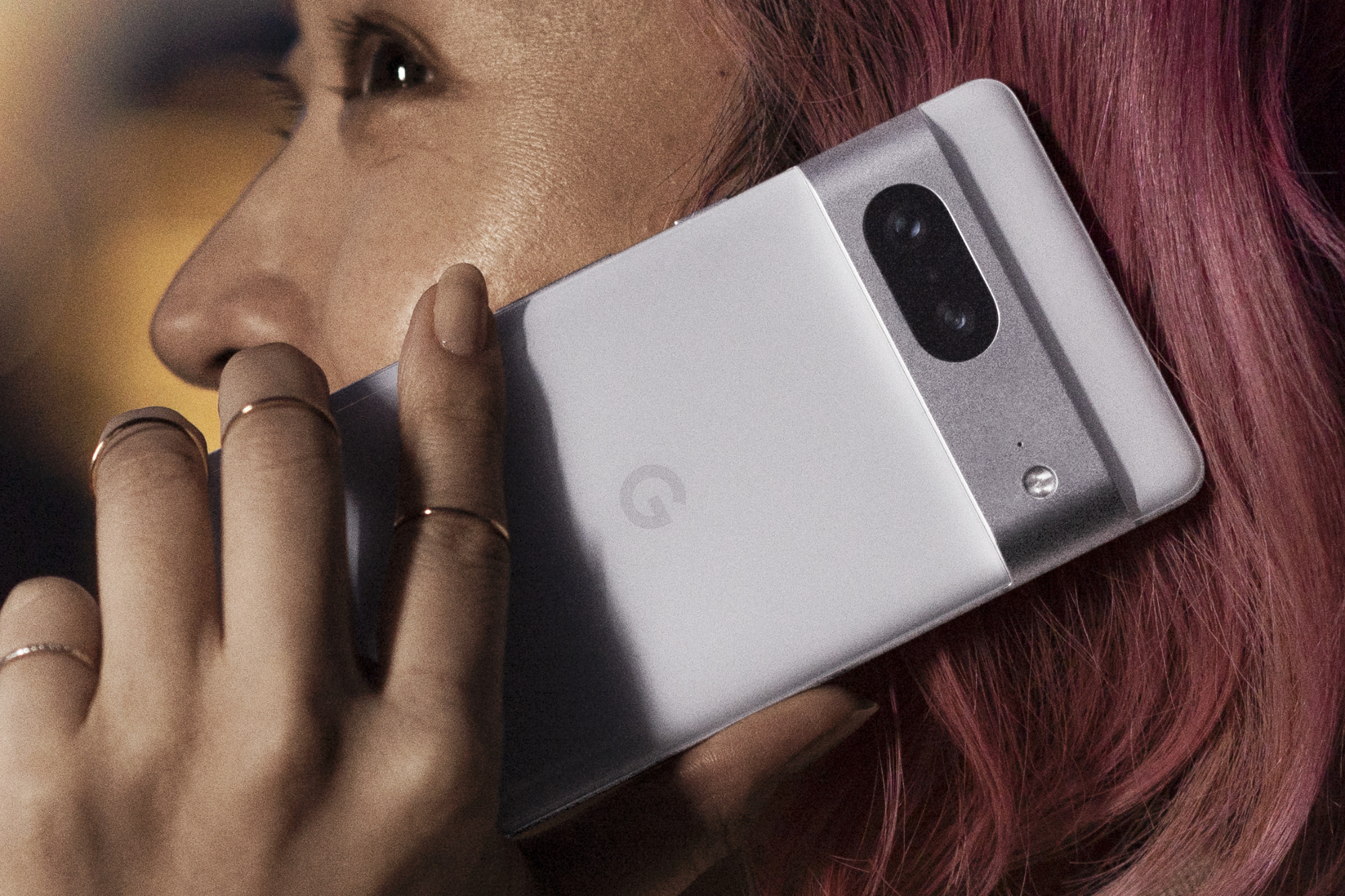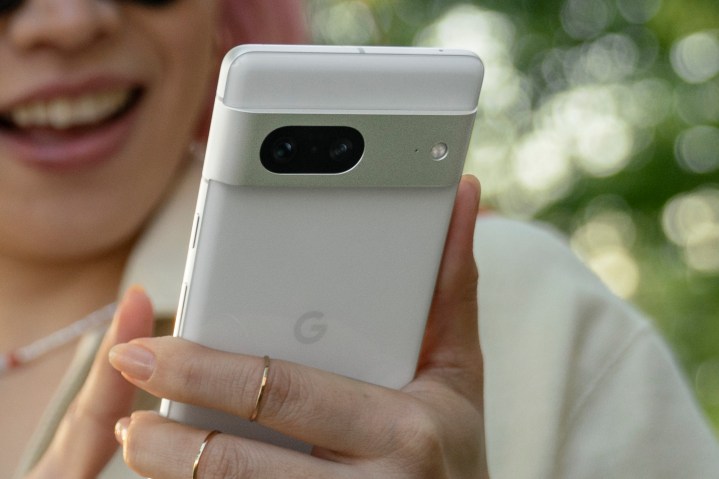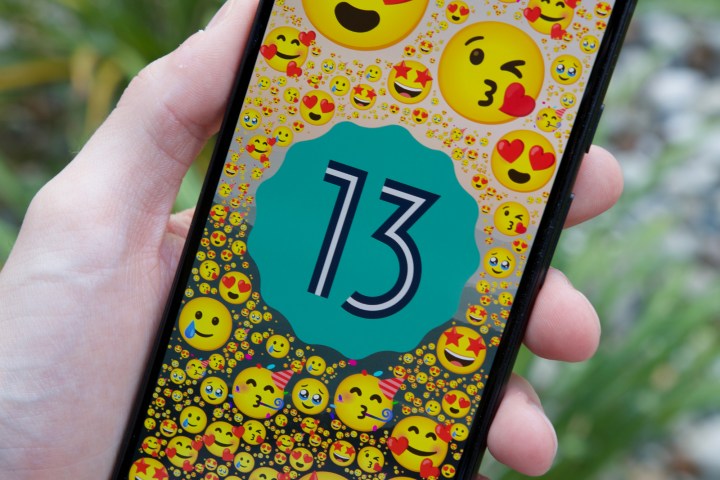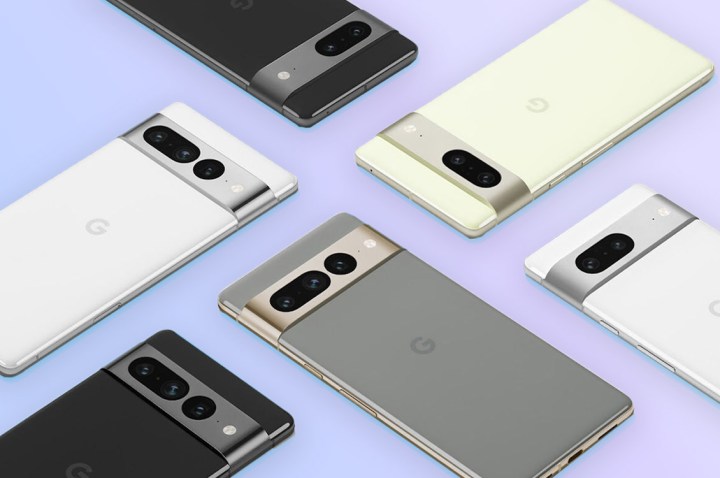As the summer winds down and fall begins, Pixel fans know to expect new hardware releases from Google. While there are plenty of new devices launching around this time, like the Pixel Watch, it’s the Google Pixel 7 people are scrambling to get their hands on. Although the Pixel 7 Pro boasts more powerful specs, the base model is still impressive in its own right, thanks to the upgraded processor and design.
With the near-constant stream of new smartphone launches, however, it can be a little tough to know when it’s time to spend the cash and upgrade, especially if you bought the Google Pixel 6 last year. It’s important to note there won’t be huge differences between these two, as this yearly upgrade is more incremental. But even with that in mind, by the time we’re done comparing both devices, there should be a definitive better
Specs
| Google Pixel 7 |
Google Pixel 6 |
|
| Size | 155.6 x 73.2 x 8.7 mm (6.1 x 2.9 x 0.3 inches) | 158.6 x 74.8 x 8.9 mm (6.24 x 2.94 x 0.35 inches) |
| Weight | 197 grams (6.9 ounces) | 207 grams (7.30 ounces) |
| Screen size | 6.3-inch FHD+ AMOLED | 6.4-inch FHD+ AMOLED |
| Screen resolution | 2400 x 1080 pixels (416 pixels per inch) | 2400 x 1080 pixels (416 pixels per inch) |
| Operating system | Android 13 | Android 13 |
| Storage | 128GB, 256GB | 128GB, 256GB |
| MicroSD card slot | No | No |
| Tap-to-pay services | Google Pay | Google Pay |
| Processor | Google Tensor G2 | Google Tensor |
| RAM | 8GB | 8GB |
| Camera | Dual-lens 50-megapixel wide and 12MP ultrawide, 10.8MP front | Dual-lens 50MP wide and 12MP ultrawide, 8MP front |
| Video | 4K at up to 60 frames per second and 1080p at up to 60 fps rear, 4K at up to 60 fps, 240 fps slo-mo front | 4K at up to 60 fps and 1080p at up to 60 fps rear, 4K at up to 60 fps, 240 fps slo-mo front |
| Bluetooth version | Bluetooth 5.2 | Bluetooth 5.3 |
| Ports | USB-C 3.1 | USB-C 3.2 |
| Fingerprint sensor | Under-display, optical sensor | Under-display, optical sensor |
| Water resistance | IP68 | IP68 |
| Battery | 4,355mAh
Fast charging (30W charger sold separately) Fast wireless charging |
4,614mAh
Fast charging (30W charger sold separately) Fast 21W wireless charging |
| App marketplace | Google Play Store | Google Play Store |
| Network support | All major carriers | All major carriers |
| Colors | Obsidian (black), Snow (white), and Lemongrass (green) | Stormy Black (black), Kinda Coral (pink), Sorta Seafoam (baby blue) |
| Prices | $599 | $599 |
| Review score | News | 4 out of 5 stars |
Design, display, and durability

The Pixel 6 was a big design change for the Pixel family as it replaced Google’s rear camera island with a prominent protruding bar. It’s certainly striking, and the
While both bars are appealing, the
In terms of screen size, the Pixel 6’s 6.4-inch 90Hz AMOLED display is slightly larger than the
Both devices have been given ingress protection ratings of IP68, which is basically the industry standard for flagship phones. This means they’re both strongly resistant to dust and other foreign solid particles and are able to be fully submerged in fresh water up to roughly ten feet for 30 minutes, though we wouldn’t advise taking either Pixel with you in the pool.
Winner: Tie
Performance, battery life, and charging

Performance differences between these two phones may be hard to notice unless you’ve got both devices in your hands due to the fact that they both feature nearly identical specs. They both feature 8GB
The Tensor G2 is the next step for Google’s flagship smartphones and is featured in both the
When it comes to battery cell capacity, the Pixel 6’s battery is larger than the
Luckily, they both support 30W fast charging which can get each phone back to roughly 50% in about half an hour. They also both support 21W wireless charging, so owners won’t need to keep a USB-C cable close as long as they have wireless charging options.
The
Winner:
Cameras

In terms of rear camera setups, the Pixel 6 and
Of course, all of this is based on looking at the specs, rather than actual use. The Pixel 6 is also no slouch when it comes to camera capabilities, so we’re going to have to wait for our testing for a definitive outcome. However, Google’s past record of improving cameras is strong, so we’re happy to give this to the
Winner:
Software and updates

Both devices run the recently released Android 13. Essentially, they’ll both see the same support for the next few years or so as Google promises to support its devices with security updates for up to five years, and major Android updates for three years. Since the Pixel 6 has already been out for a year, it’ll stop receiving support about a year before the
You may well decide to upgrade your phone before it runs out of software updates, so with this in mind, we’re happy to rule this a tie.
Winner: Tie
Special features
As mentioned above, a lot of the differences between the Pixel 6 and the
The only major upside for the
Winner:
Price and availability

The Pixel 6 is available now starting at $599, but can usually be found for cheaper during specific retailers’ sales. The
Both devices support all major service providers and can be bought directly through Google or at other major device retailers.
Overall winner: Google Pixel 7
While the Google Pixel 6 is still a solid device, there are enough improvements to the Google Pixel 7 to make it the clear winner in comparison. The
